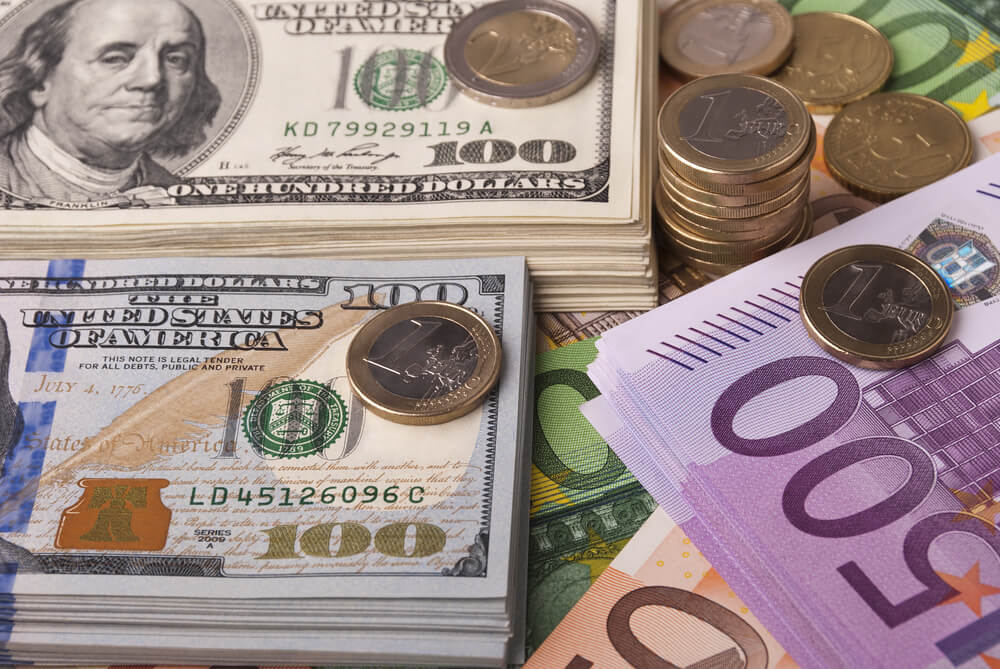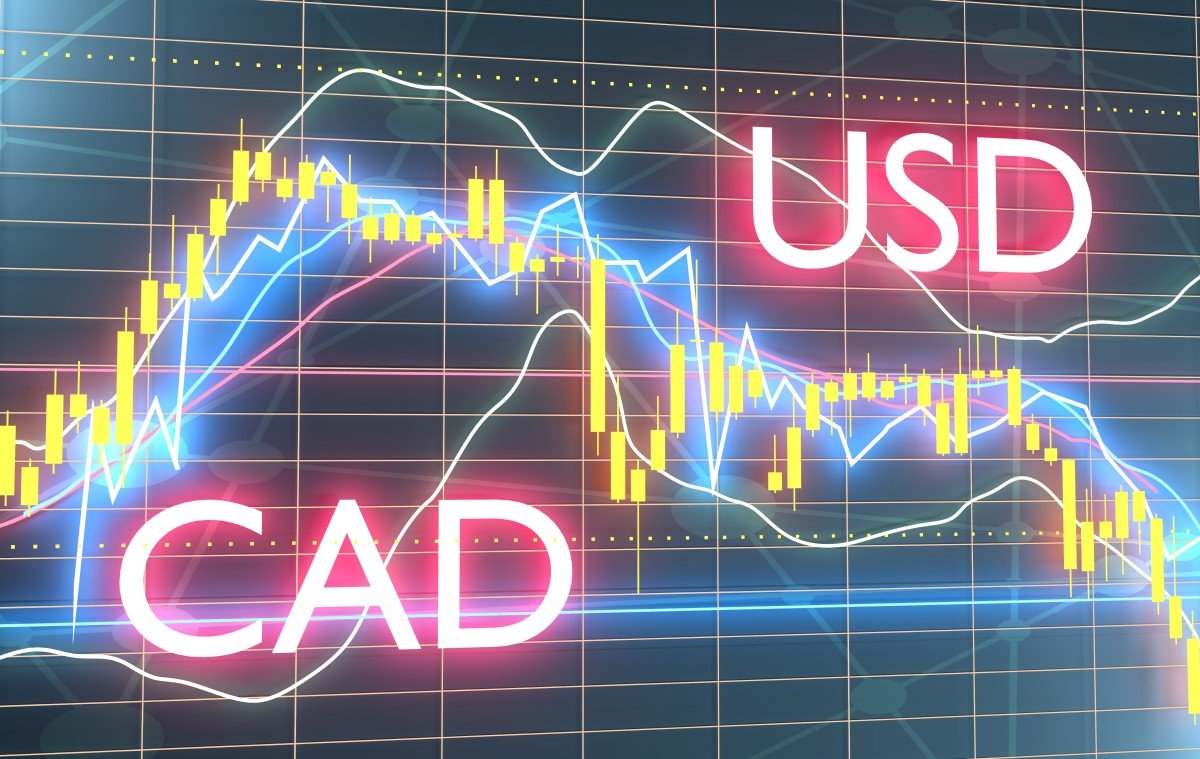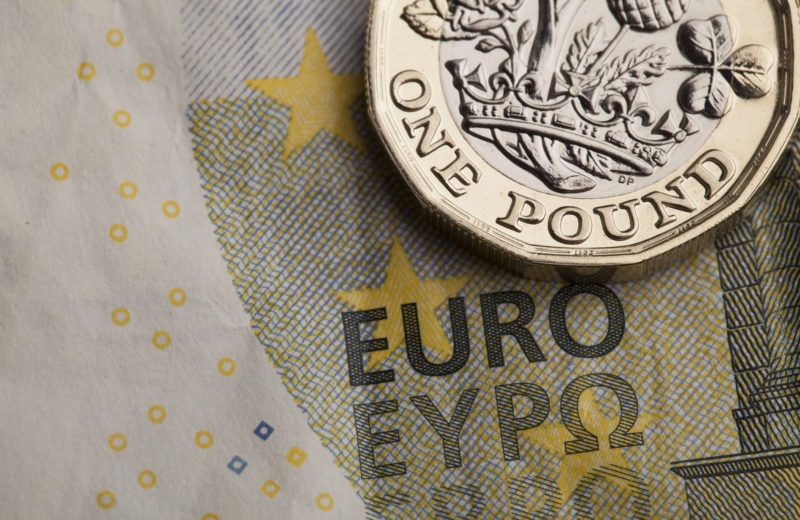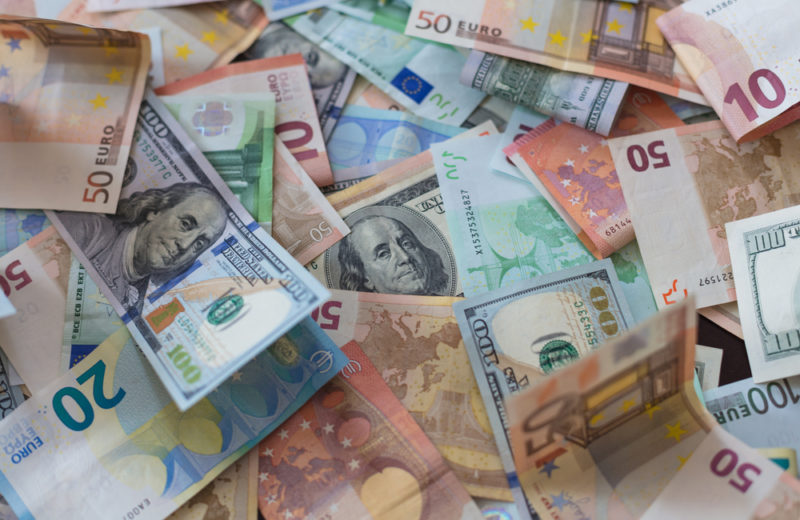Key Points
- EUR/USD continued downward movement to 1.0650, influenced by strong US economic data and Fed comments.
- The US Dollar Index surged due to the high Employment Cost Index and hawkish Federal Reserve stance.
- Despite the ECB’s subdued tone, GDP growth and consumer price stability indicate resilience.
The EUR/USD pair has shown a persistent decline, continuing its downward trajectory for the second consecutive day. Currently pegged at 1.0650, the decline was most notable during the Asian trading hours on Wednesday. This weakening of the Euro against the US dollar aligns with broader market movements and reactions to significant economic data releases from the US.
Surge in US Dollar Index Fueled by Employment Cost Data
Concurrently, the US Dollar Index has exhibited a robust rally, propelled by unexpectedly high Employment Cost Index data and overtly hawkish remarks from Federal Reserve officials. These elements underscore a reinforced outlook for the US dollar, signalling potential upward pressure on interest rates, which traditionally favour the currency in global markets.
Employment Cost Index Exceeds Expectations at 1.2%
This Wednesday’s economic landscape was peculiar, with European markets largely dormant due to Labour Day. In contrast, the US economic calendar was bustling with critical data releases. Significantly, the Employment Cost Index rose by 1.2%, the largest yearly increase. This surge exceeded the expectations of 1.0%. This indicates significant wage pressures, which could translate into sustained inflationary trends. Other key insights expected include the ADP Employment Change and ISM Manufacturing PMI, which are projected to provide further clues into the state of the US labour and manufacturing sectors.
EUR/USD: Fed Maintains Hawkish Stance, Rules Out Rate Cuts
The Federal Reserve’s latest policy decision was highly anticipated on Wednesday, with investors keenly interpreting the hawkish tones of Fed officials as a sign against near-term rate cuts. This perspective aligns with the ongoing strategy to manage inflationary pressures effectively without destabilising economic growth. On the other hand, the European Central Bank (ECB) is adopting a more accommodative policy. Additionally, investor confidence is strengthened as most ECB policymakers support potential rate cuts in June.
EUR/USD: 0.3% GDP Growth in Eurozone Surpasses Expectations
Despite the subdued tone from the ECB, the Eurozone has displayed signs of economic resilience. The GDP expanded by 0.3% in the first quarter, surpassing expectations and showing underlying economic strength. Additionally, the Harmonised Index of Consumer Prices (HICP) showed steady year-over-year growth, meeting forecasts, with the core HICP—excluding volatile items like food and energy—also surpassing estimates, albeit at a softened pace. This combination of data points to a complex but cautiously optimistic economic landscape in the Eurozone.














